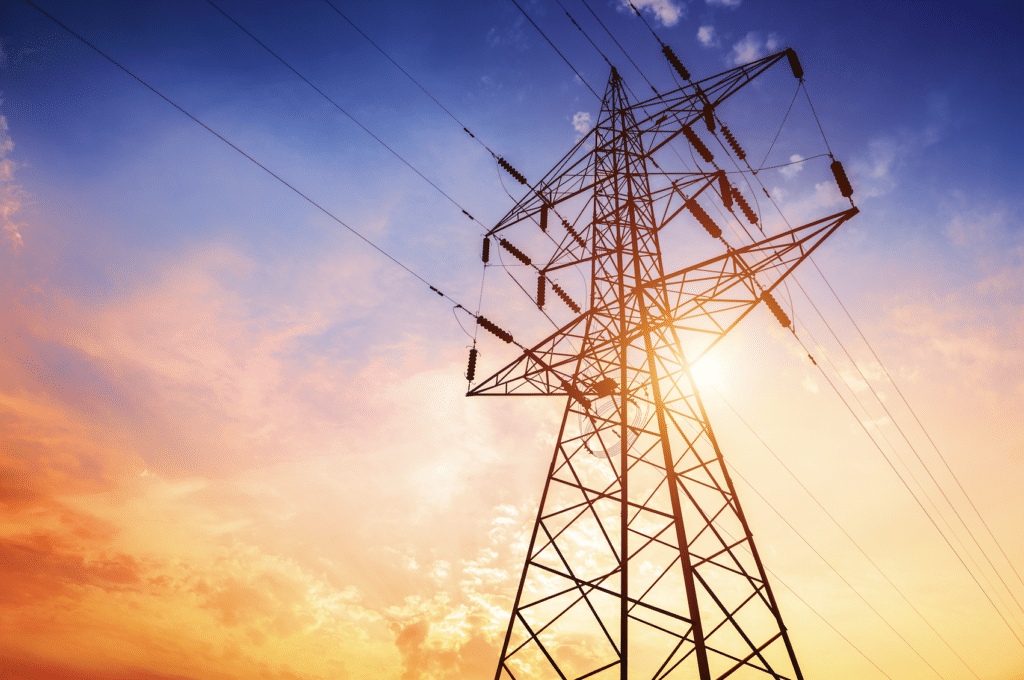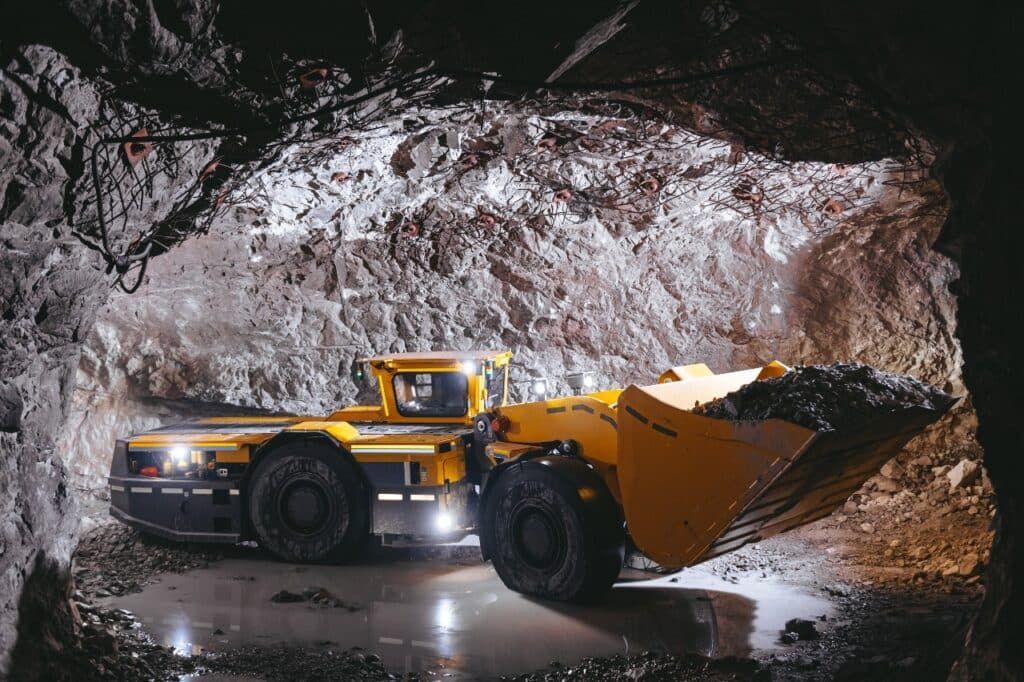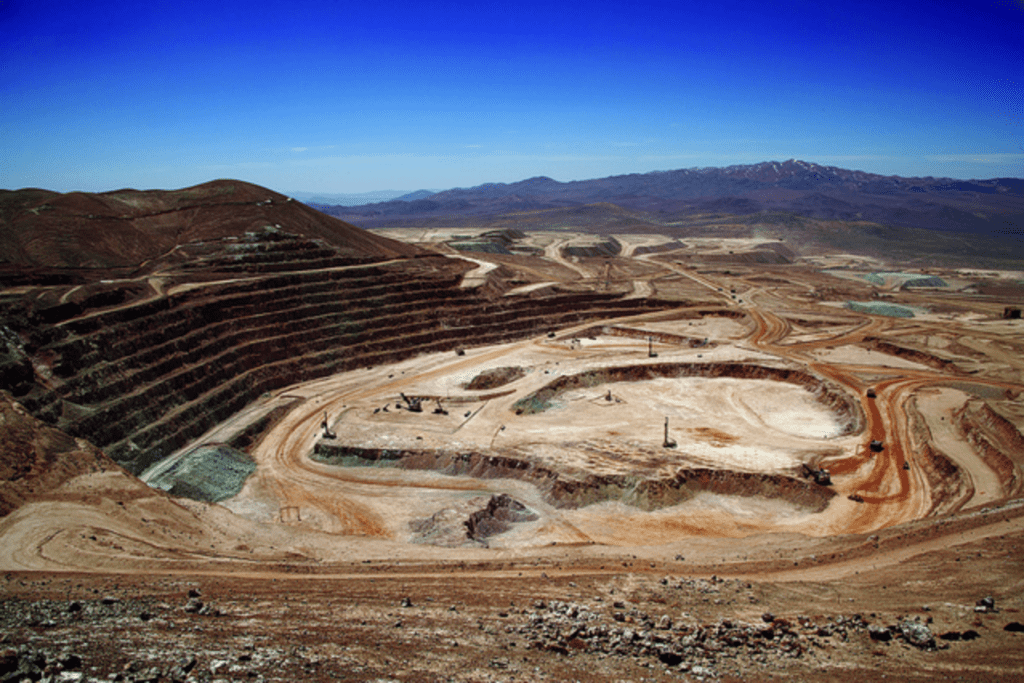WA DMP Identified As One Of The Worldís Best Regulators
Minerals and energy law expert Dr Tina Hunter has identified the Department of Mines and Petroleum (DMP) as one of the three best regulatory organisations in the world.
Dr Hunter made the comments when asked if she believed DMP had taken seriously her recommendations made in a review she was commissioned to undertake in 2011 relating to shale and tight gas activities in Western Australia.
She said WAís DMP was one of only three regulators worldwide ñ the other two being South Australia and DECC (the Department of Energy and Climate Change) in the UK ñ that she recognised as a comprehensive and competent regulator.
ìIn my view they are professional and have the necessary experience and processes to implement best practice in the regulation of unconventional natural gas,î she said.
Dr Hunter dismissed the suggestion that DMP could have a conflict of interest in enforcing regulations for an industry it ìsubsidisedî.
ìDMP does not subsidise the industry,î she said.
ìThe State Government has several roles as owner of the resources, regulator, granter of access to the resource and the body that collects revenue.
ìThis inherently creates conflict for any government agency, not DMP in particular.î
Asked if she believed new resource management regulations being introduced by DMP were adequate, Dr Hunter said she had been heavily involved in the drafting and that they represented good practice.
ìAs you would have seen in my report, the DMP is a fine regulator that needs laws to support it,î she said.
ìThe laws that have been drafted and are being implemented will give the regulator the necessary tools to effectively regulate petroleum activities in WA.î
Dr Hunter said that she believed it was essential that the Government should be the regulator of the industry.
ìBut it is also essential that the regulator builds competency and is as competent as the companies it is regulating,î she said
ìThe DMP is exceptionally competent.î
Dr Hunter is the inaugural Director of the Centre for International Minerals and Energy Law and teaches at the University of Queensland.
An Honorary Research Fellow at the University of Aberdeen, Scotland, Dr Hunter has consulted to governments, industry groups and NGO's in several jurisdictions including Australia, New Zealand, the UK, Russia and Canada.





